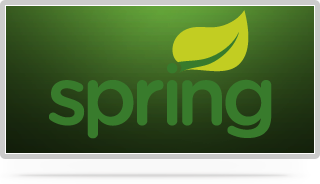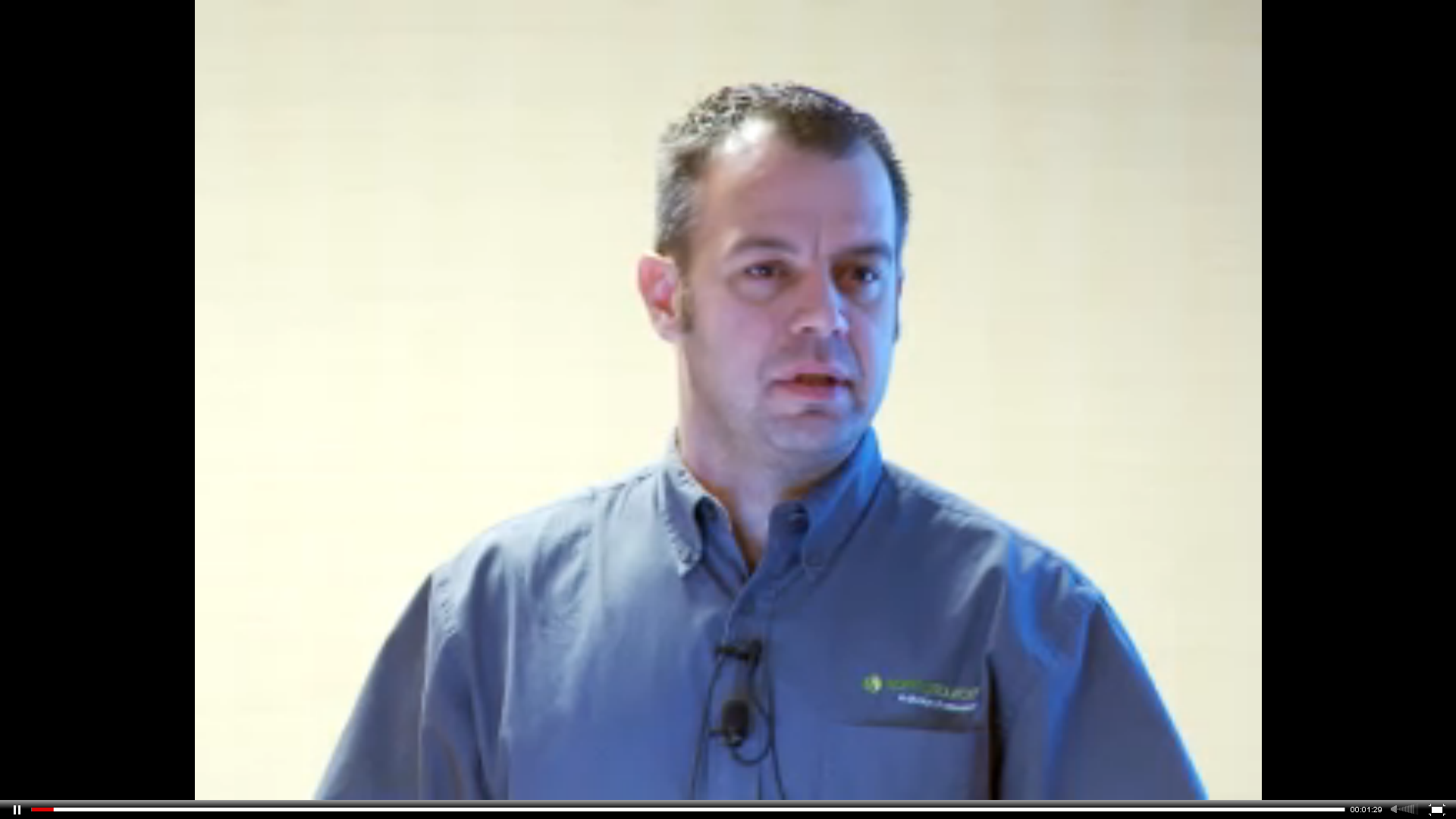This Week in Spring: March 20th, 2012
Hello and welcome to another installment of This Week in Spring! As usual, we've got some great stuff to look at, so let's get to it.
-
Want to use SpringSource Tool Suite on the <a href = "http://blog.springsource.org/2012/03/14/early-access-springsource-tool-suite-for-eclipse-juno-4-2/">latest Eclipse Juno (4.2) milestone builds</A>? SpringSource Tool Suite lead Martin Lippert has got the answer for you. </LI> <LI> Michal Borek has a great blog post on how to use the <a href = "http://www.greenpath.pl/2012/03/spring-framework-and-file-upload/"><CODE>ConversionService</CODE> in Spring 3.0+ to convert uploaded file data into a domain object</A>. First, this is a <EM>really</EM> cool idea. Second, users should be…


